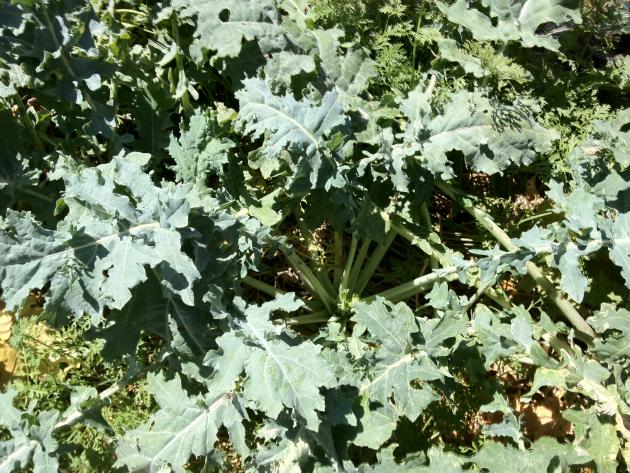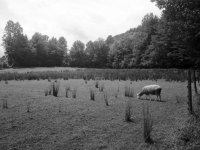You Have to Build a Fortress

Gardening in Joshua Tree. Rich soil and a plethora of water, lots of native edibles…..Not the things we think about when conjuring a desert in the mind. I spent the morning with Jill Giegrich, an avid permaculturalist and founding member of Transition Joshua Tree, and an artist. She is beginning a permaculture demonstration garden in the backyard of her studio. She has 2 pomegranate trees and a beautiful hand-made greenhouse that is totally rat and groundsquirrel-proofed. You have to dig 2 feet down and bury a fence or they will dig under! Jill is growing a veritable brasica farm back there! So much vibrant glowing kale and chard; she feeds herself all year from this garden, using a lasagna composting method- layering manure, household foodscraps, straw, yard waste directly on the plants. She is coming up with ways to conserve Joshua Tree’s super precious resource, water. Joshua Tree is built on top of a 10,000 year old aquifer that will run out of water in 200 years, says the US Geological Survey. Nitrates from our urine seep into this aquifer. We live in the desert and it is so so dry, and we need nutrition rich soil. Jill is advocating pouring diluted urine(10 to 1) onto straw bales, creating a nutrient rich space, as the carbon of the straw mixes with the nitrogen in the urine, beginning the composting process. You can read more about this on her blog. Jill is great, I am going to a meditation with her tonight!


Katie Bachler was our first HDTS Scout, and was in residence from 2012-2013.
The HDTS Scout Residency is dedicated to learning more about the people and places that make up our diverse and ever evolving community.
During Katie’s residency, visitors were invited to drop into the HDTS HQ, the Scout’s home base, to meet Katie, who could be found making maps, hosting conversations, and baking bread – in between her off-site adventures around town and out in the field.
Katie had a lot in store during her time here, including:
- a series of talks featuring local experts
- joining together to create a web of knowledge
- a research library and archive documenting the many spaces, places, plants, and people that make up this special region
- casual conversations with drop in visitors over tea
- site visits and field trips around town
Katie engaged the community by instigating map-making and rag-rug braiding workshops, the Scout’s Book Club, Art in the Environment classes for desert kids, casual conversations, site visits and field trips—all shared in her Scout’s blog, which serves as the foundation for her book.







































